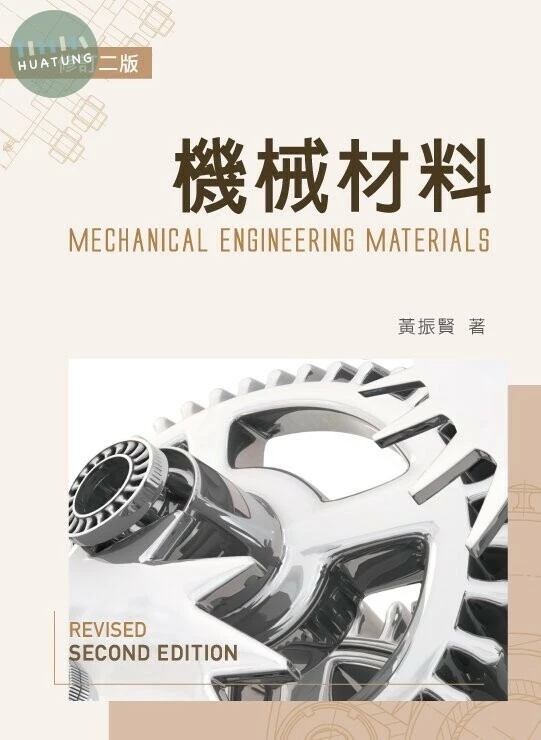詳細資訊
【簡介】 Problem Solving R.C. Hibbeler’s text features a large variety of problem types from a broad range of engineering disciplines, stressing practical, realistic situations encountered in professional practice, varying levels of difficulty, and problems that involve solution by computer. (NEW) Fundamental Problems. These problem sets follow the example problems. They offer students simple applications of the concepts and, therefore, provide them with the chance to develop their problem-solving skills before attempting to solve any of the standard problems that follow. You may consider these problems as extended examples since they all have partial solutions and answers that are given in the back of the book. (NEW) Conceptual Problems. Throughout the text, usually at the end of each chapter, there is a set of problems that involve conceptual situations related to the application of the mechanics principles contained in the chapter. These analysis and design problems are intended to engage the students in thinking through a real-life situation as depicted in a photo. Procedures for Analysis. This feature provides students with a logical and orderly method for applying theory and building problem solving skills. A general procedure for analyzing any mechanical problem is presented at the end of the first chapter. Then this procedure is customized to relate to specific types of problems that are covered throughout the book. Examples. Designed to help students who “learn by example”, R.C. Hibbeler’s Examples illustrate the application of fundamental theory to practical engineering problems and reflect problem solving strategies discussed in associated Procedures for Analysis. Important Points. This feature provides a review or summary of the most important concepts in a section and highlights the most significant points that should be realized when applying the theory to solve problems. Visualization Video Solutions. Developed by Professor Edward Berger, University of Virginia, video solutions are located on the Companion Website for the text and offer step-by-step solution walkthroughs of representative homework problems from each section of the text. PhotoRealistic Art — 3D figures rendered with photographic quality Photographs. Many photographs are used throughout the book to explain how the principles of mechanics apply to real-world situation. Most photographs were taken by the author, and include appropriate vectors and notation illustrating a mechanics concept. Illustrations. These figures provide a strong connection to the 3-D nature of engineering. Particular attention has also been paid to providing a view of any physical object, its dimensions, and the vectors in a manner that can be easily understood. Review and Student Support End of Chapter Review. A thorough end of chapter review includes each important point accompanied by the relevant equation and art from the chapter providing the students a concise tool for reviewing chapter contents. Accuracy As with the previous editions, apart from the author, the accuracy of the text and problem solutions has been thoroughly checked by four other parties: Scott Hendricks, Virginia Polytechnic Institute and State University; Karim Nohra, University of South Florida; Kurt Norlin, Laurel Tech Integrated Publishing Services; and finally Kai Beng, a practicing engineer, who in addition to accuracy review provided content development suggestions. 【目錄】 Chapter 1: Stress Chapter 2: Strain Chapter 3: Mechanical Properties of Materials Chapter 4: Axial Load Chapter 5: Torsion Chapter 6: Bending Chapter 7: Transverse Shear Chapter 8: Combined Loadings Chapter 9: Stress Transformation Chapter 10: Strain Transformation Chapter 11: Design of Beams and Shafts Chapter 12: Deflection of Beams and Shafts Chapter 13: Buckling of Columns Chapter 14: Energy Methods Appendix A: Geometric Properties of An Area A.1 Centroid of an Area A.2 Moment of Inertia for an Area A.3 Product of Inertia for an Area A.4 Moments of Inertia for an Area about Inclined Axes A.5 Mohr’s Circle for Moments of Inertia Appendix B: Geometric Properties of Structural Shapes Appendix C: Slopes and Deflections of Beams 會計 經濟 國際貿易 財務 企業管理 數學 機率與統計 資訊與資工 工業工程 社會與心理 醫務管理 物理 化學與化工 電子與電機 機械工程 航空工程 土木工程 環境工程 生命科學 護理 休閒觀光與餐飲 化妝品科學 其他 帳號 密碼 驗證碼

 華通書坊
華通書坊














